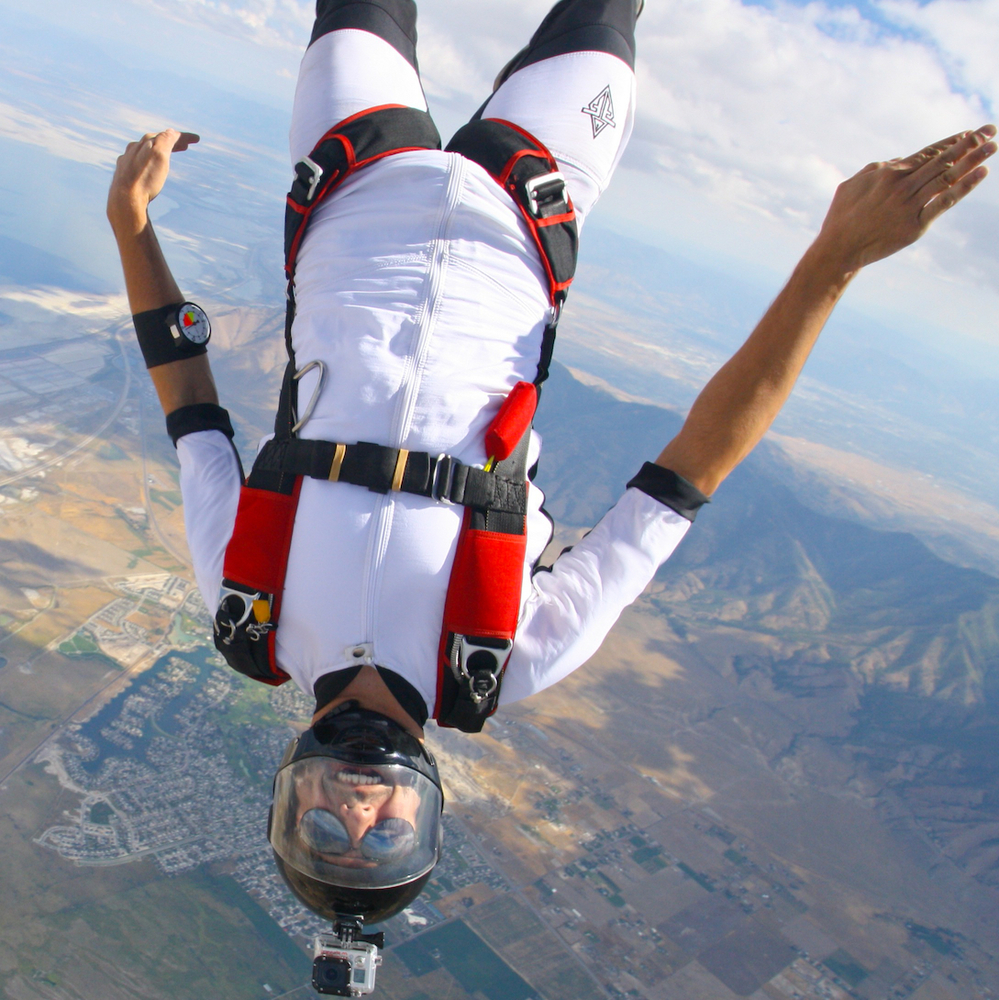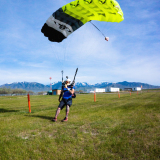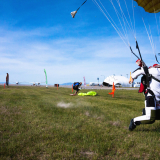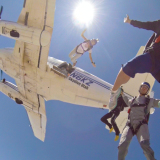-
Content
58 -
Joined
-
Last visited
-
Feedback
0%
Content Type
Profiles
Forums
Calendar
Dropzones
Gear
Articles
Fatalities
Stolen
Indoor
Help
Downloads
Gallery
Blogs
Store
Videos
Classifieds
Everything posted by zerospinskier
-
Supervan 900 - Caravan engine mod
zerospinskier replied to pilotdave's topic in General Skydiving Discussions
Alright it has now been several years that both these engine modifications have been around, and used in skydiving. Any updates from people who have been using 1 or both? I still am having trouble choosing which conversion to go with. We are at a 4300 msl field elevation going to 18k msl every load in hot weather, so climb power is a priority. However, reliability is always important of course. Any new advise from experience over the years of having one of these conversions? -
Other than a Mirage RSL to an older Mirage G4?
zerospinskier replied to Machine-710's topic in Gear and Rigging
Mirage will send you one. Ask your dealer. We are a dealer and I just ordered a velcro RSL a couple weeks ago. No problem. -
SONY a5100 tandem stills lens advice
zerospinskier replied to omerzitelia's topic in Photography and Video
I have used the 16/2.8 pancake for a couple years now and it is perfect. It is just the right width for docked or undocked, and full exits. On top of that it is so small! I love it. -
It's not a big deal to buy the tools as you need them. It will get you started, and no matter how good of a "set" or "kit" you get, you're still going to have to buy things here and there individually for certain needs. So I say just start that way and build it slowly. I bought someone's old lot of tools and wish I hadn't. I ended up replacing most things because it was too old or used and broke.
-
Definitely the Leiagrine
-
Mal - mmmm - what would you have done different ?
zerospinskier replied to shorehambeach's topic in Safety and Training
The slider was almost all the way open during the snivel. So my guess is that the slider draw strings are the style where there is 2-3" sticking out when fully cocked. Then when packing the slider probably wasn't cocked all the way and left something like 5" of draw string out. This loose draw string snagged on the main lines during opening and caused that side to fully collapse and get stuck as the slider tried to come down. Always try to leave as little draw string sticking out of the slider when packing -
I load my Crossfire fairly lightly at barely 1.5 and it still doesn't seem to handle turbulence well. At least not as well as the Sabre2 I had before it. I assume this is from the small nose openings and flatter glide. Those low loadings should probably be avoided as everyone had been saying. Stick with a Sabre/Safire/etc for a couple more downsizes to avoid this.
-
It sounds like it is a canopy prone to bad openings. But that one looked like the center of the nose was shoved in too much and the slider pulled out forward. Causing a bunch of bottom skin inflation behind the slider and allowing the outer cells to inflate before the center.
-
I would opt for a more traditional approach first and just wash it with water and Woolite like any other rig. Then move to another option if it still is bad. I would think a normal washing would take care of it pretty well though.
-
Demo video of different disciplines
zerospinskier replied to JSE's topic in General Skydiving Discussions
I usually try to make edits that emphasize the "fun" to a nonjumper. Here is one that has some of that stuff (freefly, belly, tracking, swooping). https://vimeo.com/79249387 -
There he was, about to die.
zerospinskier replied to Bignugget's topic in General Skydiving Discussions
If you end up low, you should work on getting back up first. But either way you need to stay with the group. If the plan was a belly jump, but you go low and track off, who knows if the group randomly decided to start tracking together for the rest of the jump. You have no way of knowing where they are. You need to stay with them no matter what they do. The ultimate root of this problem is getting on jumps that are too big and over your experience level. It is more fun to stick to smaller, more simple jumps with goals you can actually accomplish anyway. You will be able to learn and get better that way. -
There he was, about to die.
zerospinskier replied to Bignugget's topic in General Skydiving Discussions
Jesus. I don't even know what the "dive" was supposed to be. During the first part of the video everyone is just randomly wobbling around the sky like leaves. I assume they are inexperienced jumpers that were trying to get together? If so, it is a simple case of people who aren't comfortable/competent enough in freefall to jump with a group that big. -
These are fun on toggles and rears. Just make sure you have a fairly docile canopy and do them above your decision altitude because line twists can occur. Perform a low speed stall, then right when you are about to stall and rock backwards, keep one toggle buried all the way and raise the other one up. The more you raise that toggle the faster it will heli, but it will be harder to keep it going and control it. They are easier to control on rears, but are fun on toggles too.
-
will a jumpsuit help at this point?
zerospinskier replied to rocketdog's topic in General Skydiving Discussions
I wouldn't wear weights while free flying. They help with belly, but you have so much range when freeflying it isn't necessary. And weight will make flying your body like that awkward. Ideally you want skin tight fast materials like ripstop. This can be expensive with modern suits. If you don't want to spend the money, your current setup shouldn't be that much worse as long as it is skin tight. But the answer is yes, a proper suit really will make a noticeable difference. -
wraping and tightening the tail center
zerospinskier replied to erdnarob's topic in Gear and Rigging
It is the easiest way to cocoon a packjob and lay it down so it is ready to bag. We don't wrap reserve tails because they follow a much longer but cleaner packing procedure. No one wants to put this amount of time into a main packjob, so if you just wrap the tail around, you can lay it down and throw it in the bag quickly while only creating minimal downsides. -
Ultimately it shouldn't make any difference since you are pulling the lines from the previous stow to make a clean new bite on the other side of the bag. I can see it maybe taking a little more time to get things organized with each stow. I like how they are nice and straight and ready to go if you grab sections as you walk the bag up.
-
Off heading openings and line twist on tandems
zerospinskier replied to flipexit's topic in Safety and Training
What method do you use to narrow the canopy after laying it down? Are you making sure the lines go to the bottom of the tray and not tightly wrapping around the reserve tray corners? Always make sure you aren't hooking any stray lines on a stow bite. Shit will happen more often on tandems though. Lots of lines, lots of canopy, and a first time passenger. However, if you run into problems on your main too, assuming the lines are all in trim, you could be doing something weird. It should be easy to spot though. Have your had others watch your method? -
What do you want to coat the parts with? What problems are you trying to fix? I'm not sure I see the point in this..
-
Your normal skydive gear is ideal, so you are comfortable and used to it. However, if you don't want to bring anything they will give you a baggy student suit and helmet/goggles to use. I would bring your own jumpsuit.
-
Looks like a Rawa Reaction II
-
The best thing to do is to have no expectations. Just show up and take it one 10 minute session at a time. Don't worry about what you learn or don't learn in your trip. A relaxed and fun environment will lend itself to the best learning. No matter what progress you have flying in that damn tunnel is the most fun you can ever have!






